Drinking coffee with five senses is the right way to open boutique coffee!
For professional baristas, please follow the coffee workshop (Wechat official account cafe_style)
We often think that we taste coffee with a sense of taste, but in fact, some aromas are put into the mouth and reach the nose, and some are tactile. Studies have also confirmed that every senses, including sight, hearing, touch, smell and taste, affect the taste.
Today, the editor will teach you to use the five senses to drink coffee and show you how we can taste coffee with different senses!
Part 1 smell-train your coffee nose

Have you ever heard of the wine tasting's "wine nose"? Keep all kinds of aromas in a small glass bottle, like perfume, as a tool for training to smell incense, and refer to it when experiencing wine or whisky.
In fact, coffee also has a "coffee nose" smell bottle. The most common is the Le nez du Cafe, which divides coffee flavors into 36 flavors according to the American Coffee Association (SCAA) and makes them into 36 coffee-based scent bottles for training or collection.
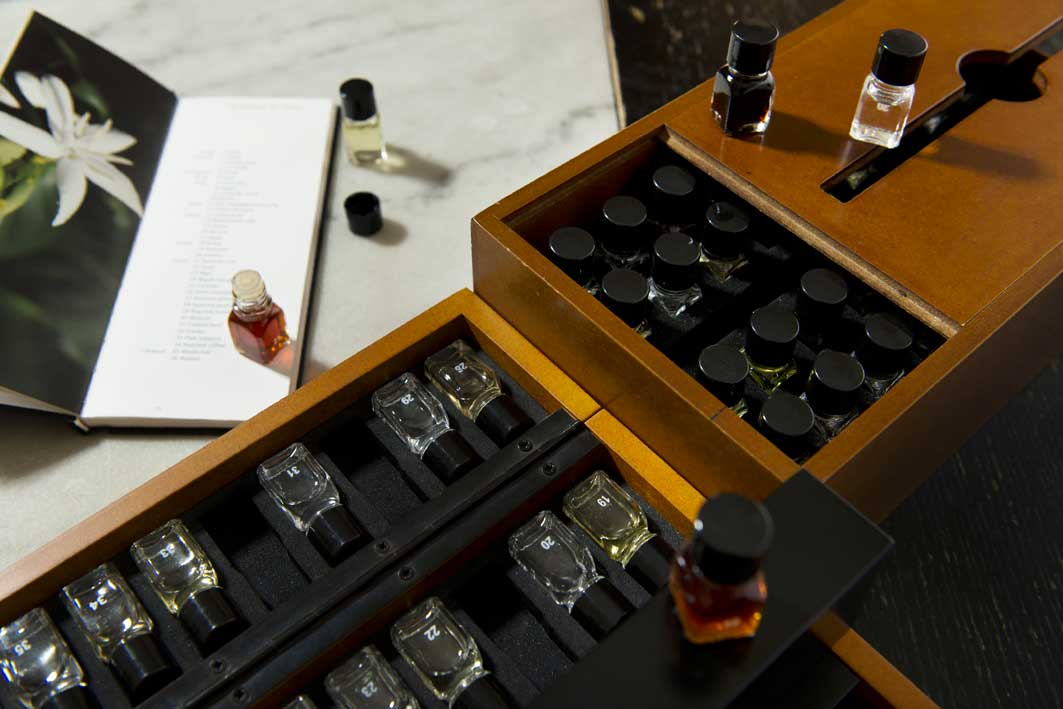
Coffee nose 36 bottles of coffee smell bottle
1. Earthy flavor, 2. Potato, 3. Green beans, 4. Cucumber, 5. Straw, 6. Western fir, 7. Cloves, 8. Pepper, 9. Coriander seeds, 10. Vanilla, 11. The scent of roses, 12. Coffee flowers, 13. Coffee pulp peel, 14. Blackcurrant, 15. Yellow lemon, 16. Apricot, 17. Apple, 18. Cream, 19. Honey, 20. Leather, 21. Indian rice, 22. Toast, 23. Mai Xiang, 24. Maple syrup, 25. Caramel, 26. Dark Chocolate, 27. Roasted almonds, 28. Roasted peanuts, 29. Roasted hazelnut, 30. Walnut, 31. Boiled beef, 32. Smoky, 33. Cut tobacco, 34. Roasted coffee beans, 35. The taste of potion, 36. Rubber smell
Although we are not cup testers and do not need such professional training, try to smell it with your nose before taking your first sip of coffee.
Because when tasting food, the sense of smell is as important as the sense of taste, just like when you catch a cold, your nose is stuffy and the food is boring. So don't forget to smell the aroma of coffee when drinking coffee.
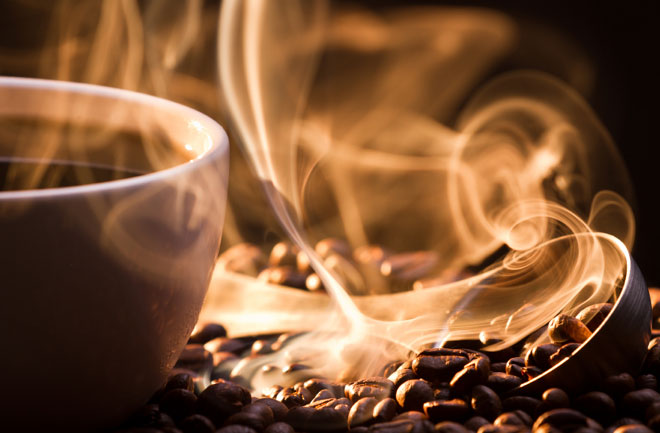
The aroma of freshly brewed coffee is the first feeling when tasting it. If you smell the aroma through your nose, you can feel the ever-changing flavor of coffee. In a cup of coffee, you can often smell a variety of aromas: flowers, fruit acid, earth herbs, caramel and so on. This is the charm of coffee.
Part 2 Taste-Rock your whole tongue

Taste is one of the most important senses for us to taste food. From putting it in the mouth to pushing it into the throat, this short distance of 10 centimeters dominates the important way to feel the taste of food.
The feeling of taste depends most on the tongue. The four basic tastes include bitter, salty, sour and sweet. Different areas of the tongue have different sensitivity to taste, but in fact, these four flavors are tasted everywhere, through the taste buds distributed all over the tongue. Feel all kinds of taste.
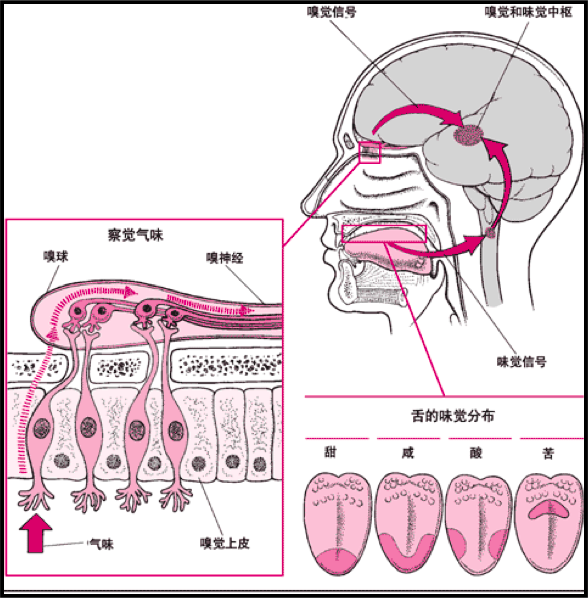
The taste buds on the tongue can quickly connect all the passing food to the brain immediately, record all the tastes and save them, and even remember the taste of a certain food when it comes to it, which is the reason for "hoping for plums to quench thirst".
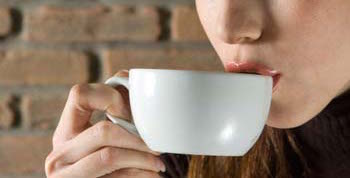
So when drinking coffee, don't swallow it in a hurry, leave it in the front of your mouth and let the detector on your tongue analyze the different tastes: sour, sweet and bitter? What's the acid? Sour before sweet or bitter before sweet?
Then let the smell of coffee bloom in the mouth and nose, after swallowing, you can feel the aftereffect of the coffee liquid flowing down the throat, as well as the aroma left in the mouth, as the saliva swallows, you will also feel the aftertaste gushing out of the throat.
Part 3 Touch-Coffee temperature

We often use some adjectives to describe food: crisp, tender, sticky, Q-flick, silky. In addition to the ups and downs, we also care about the feeling of the tongue, lips and teeth, which is the taste of the food. at the same time, our tongue will also sense the temperature of the food, and the taste and temperature experience come from the sense of touch. including astringent, hemp, spicy feeling is also a kind of touch!
When drinking coffee, we will feel the "consistency" after the entrance of the coffee, including a light water-like light, or thick taste. Some coffees make people feel "thick", while others feel silky and smooth.
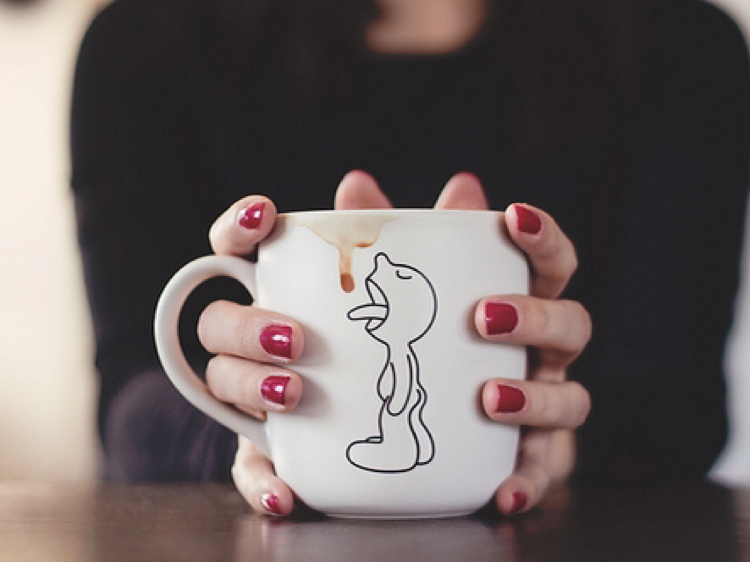
Different brewing methods will also affect the consistency of coffee, such as hand-brewed coffee filter paper will filter out the coffee oil, drink more light, taste Italian coffee can feel the thicker oil.
Of course, the moment you hold the coffee cup in your hand, the tactile experience has already begun.
Part 4 hearing-concentrate even if you are noisy

"hearing" is the least used senses in the process of tasting coffee. It is important to note, however, that making the right judgment in a noisy environment full of disturbing sounds can quickly lead to sensory fatigue. The noise itself affects our concentration, and when tasting coffee, it is obvious that we should concentrate on the coffee in the cup.
Background sound can affect the perception of food flavor. If the noise increases, diners will feel that the food is neither sweet nor salty. If the noise decreases, the feeling of these flavors will be enhanced. The results show that noise has a masking effect.
Another phenomenon is called sonic seasoning: your brain tries to make the two dynamics of "food and music" essentially "meshing" together to form a new experience. For example, a gloomy voice will lead to bitterness, while a louder tune will make your drink sweeter.
So, when you go to other coffee shops to buy coffee, try to listen to the sound of their coffee making: the sound of the bean grinder, the sound of the coffee maker, the sound of the steam pipe, and the crisp sound of the collision of cups and saucers. This cup of coffee should be beautiful.
Part 5 Vision-eyes often deceive us

Vision is the main sense that we use to understand the world, and coffee tasting is bound to be affected by the appearance of coffee.
Researchers have confirmed again and again that even if we have a good sense of taste and smell, we still focus on vision. When some people taste a drink with the wrong color, they are often unable to recognize its flavor. If I give you a glass of orange apple juice, you will probably feel that you are drinking orange juice. Changing the color of food or drink can change the taste you taste.

Why are we so easily misled by the eyes? One reason may be that our vision is faster than our sense of smell. In fact, in the absence of other sensory clues, human ability to recognize odors is particularly poor. When the eyes are not functional dictators, they are free to exert their senses of smell and taste.
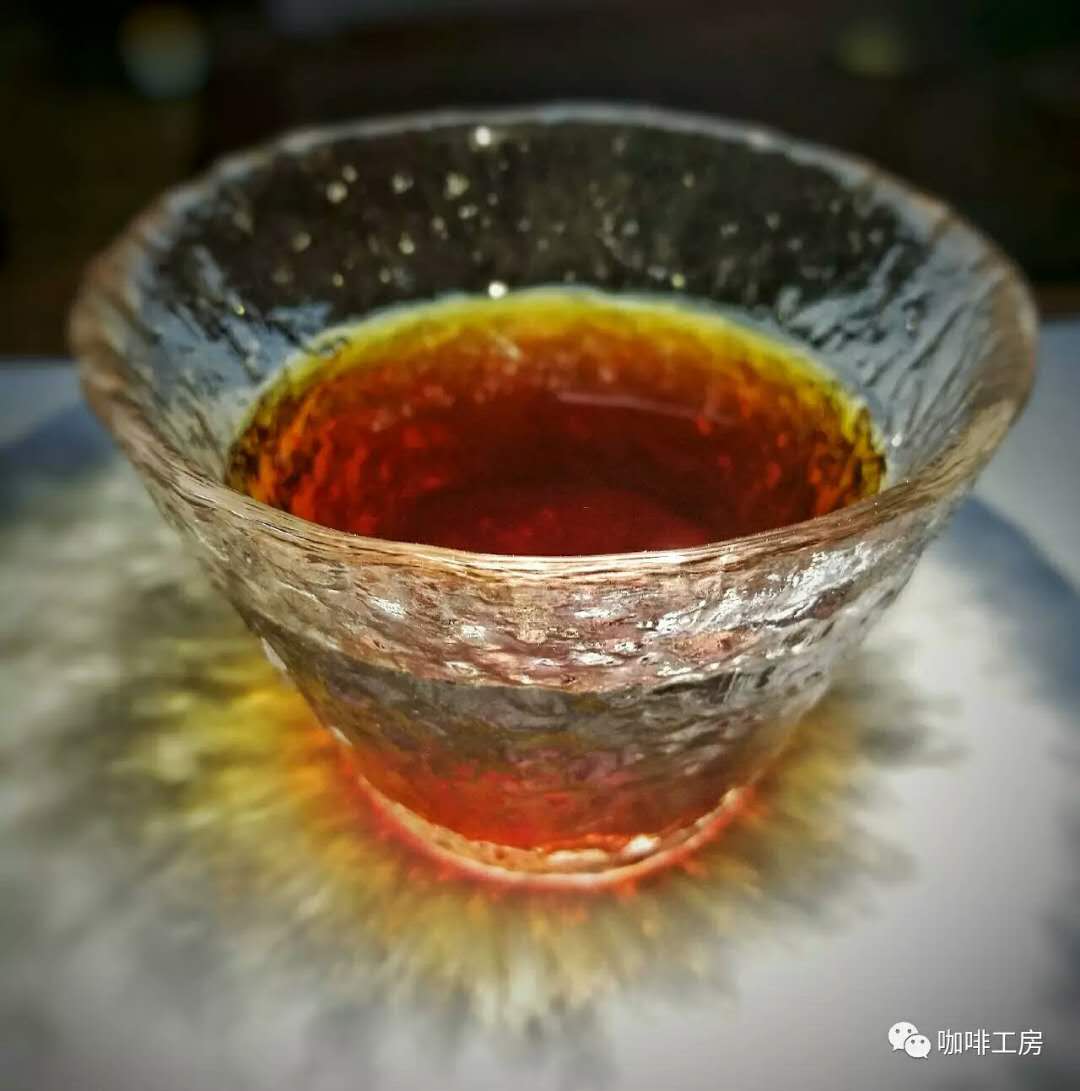
Even professional cup testers are sometimes influenced by the visual cues of coffee. When conducting smell training for coffee professionals, the smell bottle is often wrapped in black cloth to avoid judging the smell by color; in the triangle cup test training, the room will be arranged as a "small dark room". It is also to prevent trainees from distinguishing by the color of the coffee liquid rather than by the taste. Others simply blindfold their eyes and use only their sense of smell and taste.
Of course, we don't need to taste the coffee blindfolded. On the contrary, we need to observe the color of the coffee to judge the brewing and extraction-the filtered coffee is bright, crystal clear and fresh, while the coffee with ultra-fine powder and oil will be relatively cloudy and mellow. The visual effects of coffee provide us with important information about the skill of brewing coffee.
Important Notice :
前街咖啡 FrontStreet Coffee has moved to new addredd:
FrontStreet Coffee Address: 315,Donghua East Road,GuangZhou
Tel:020 38364473
- Prev

Storage method of coffee beans during shelf life
Communication of professional baristas Please pay attention to the coffee workshop (Wechat official account cafe_style) every coffee bean is harvested from trees, processed into raw coffee beans, and then roasted into coffee beans in everyone's hands. In general, raw beans cannot be stored for a long time when they are coffee berries, which is the same as fruit. After processing, under proper preservation, except for special needs.
- Next
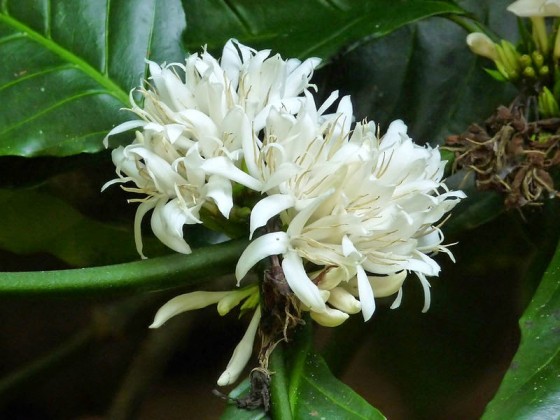
You don't know why coffee is synthetic caffeine when you drink coffee every day.
Professional baristas please follow the coffee workshop (Wechat official account cafe_style) We drink 2.25 billion cups of coffee every day, which adds up to about 3-4 people who drink one cup a day. If so many people drink coffee, the area of coffee grown will not be too large.
Related
- Beginners will see the "Coffee pull flower" guide!
- What is the difference between ice blog purified milk and ordinary milk coffee?
- Why is the Philippines the largest producer of crops in Liberia?
- For coffee extraction, should the fine powder be retained?
- How does extracted espresso fill pressed powder? How much strength does it take to press the powder?
- How to make jasmine cold extract coffee? Is the jasmine + latte good?
- Will this little toy really make the coffee taste better? How does Lily Drip affect coffee extraction?
- Will the action of slapping the filter cup also affect coffee extraction?
- What's the difference between powder-to-water ratio and powder-to-liquid ratio?
- What is the Ethiopian local species? What does it have to do with Heirloom native species?

